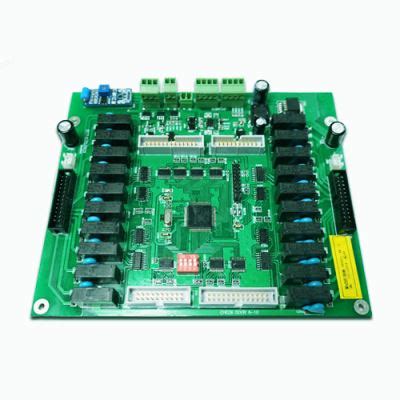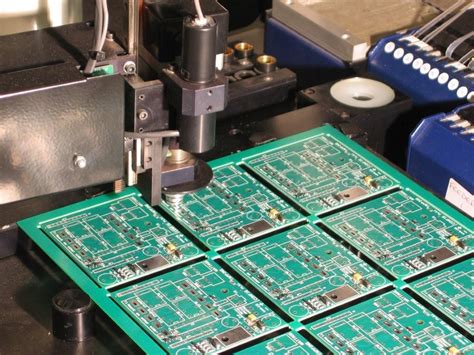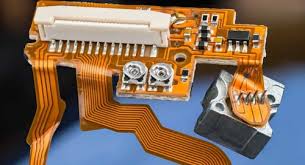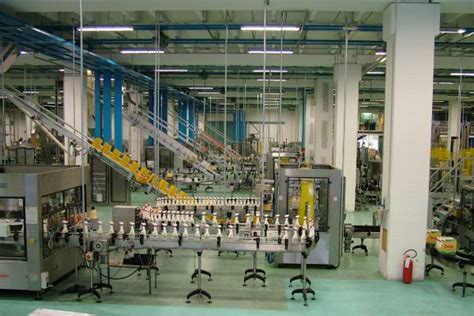Specifications and requirements of the three-proof coating process
- Painting requirements:
- Painting thickness: The paint film thickness is controlled at 0.05mm-0.15mm. Dry film thickness 25um-40um
- Secondary coating: To ensure the thickness of products with high protection requirements, secondary coating can be performed after the paint film is cured (determine whether to perform secondary coating based on demand)
- Inspection and repair: Visually inspect whether the coated circuit board meets the quality requirements and repair any problems. For example, if the pins and other protected areas are stained with conformal paint, you can use tweezers to hold a cotton ball or a clean cotton ball dipped in board washing water to clean it. Be careful not to wash off the normal paint film when scrubbing.
- Component replacement: After the paint film is cured, if you need to replace the component, you can do the following.
(1) Use an electric iron to directly solder the component, and then use a cotton cloth dipped in board washing water to clean the material around the pad.
(2) Solder the replacement component.
(3) Use a brush dipped in conformal paint to brush the welding area and let the paint film dry and solidify.

II. Operation requirements:
- The conformal paint workplace must be dust-free and clean, without dust flying. There must be good ventilation measures, and unauthorized personnel are prohibited from entering.
- Wear protective equipment such as masks or gas masks, rubber gloves, chemical protective glasses, etc. during operation to avoid harm to the body.
- After work is completed , clean the used tools in time, and seal and cover the container containing three-conformal paint
- Anti-static measures should be taken for circuit boards. Circuit boards should not be placed overlapping. During the coating process, the circuit boards should be placed horizontally
III. Quality requirements:
- There should be no paint flow or dripping on the surface of the circuit board. When applying paint with a brush, be careful not to drip on the locally isolated parts
- The three-conformal paint layer should be flat, bright, and uniform in thickness. The pads, surface of SMD components or conductors should be well protected
- The paint surface and components should not have defects and foreign objects such as bubbles, pinholes, ripples, shrinkage holes, dust, etc., and there should be no powdering or peeling. Note: Do not touch the paint film at will before the paint film is dry
- Locally isolated components or areas cannot be coated with three-conformal paint
- Parts and devices that cannot be coated with three-conformal paint:
(1) Conventional non-coating devices: high-power heat sinks, heat sinks, power resistors, high-power diodes, cement resistors, DIP switches, potentiometers (adjustable resistors), buzzers, battery holders, fuse holders, IC holders, touch switches, relays and other types of sockets, pin headers, wiring terminals and DB9, plug-in or SMD light-emitting diodes (non-indicating function), digital tubes, grounding screw holes
(2) Parts and devices that cannot be coated with conformal coating as specified in the drawings
(3) Devices that cannot be coated with conformal coating as specified in the “Catalog of Non-Conformal Components (Areas)”
- Conventional non-coating devices specified in the regulations that need to be coated can be coated with conformal coating as specified by the R&D department or marked on the drawings.







